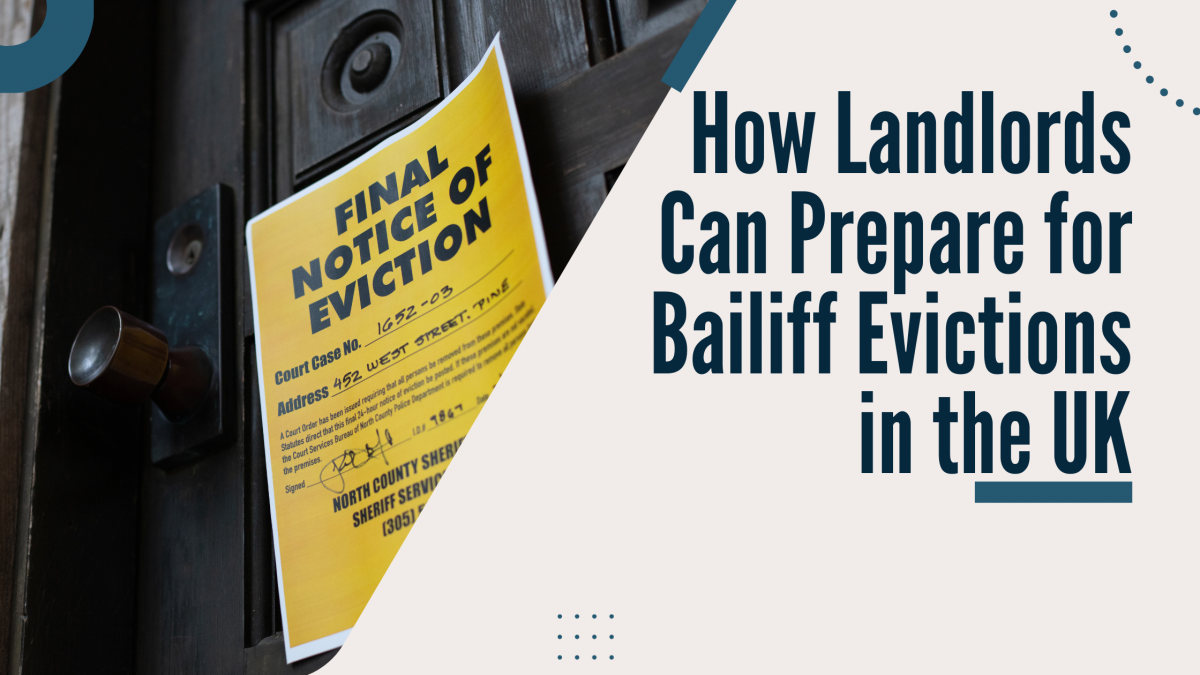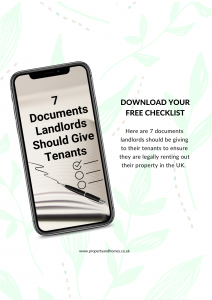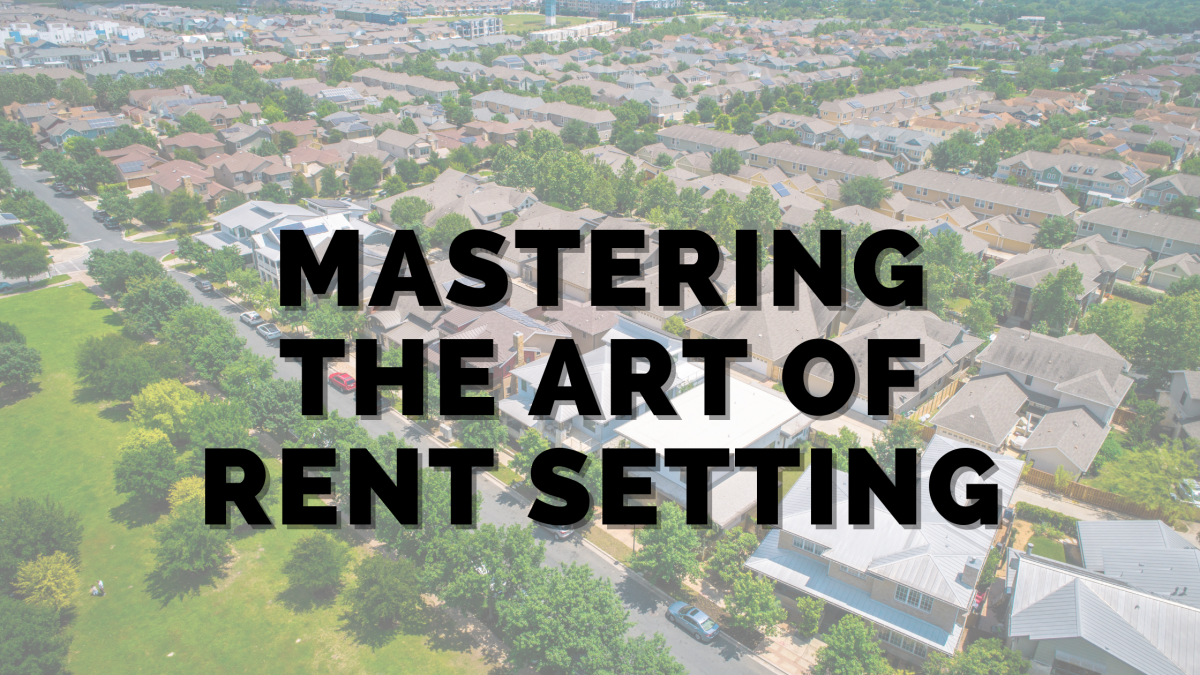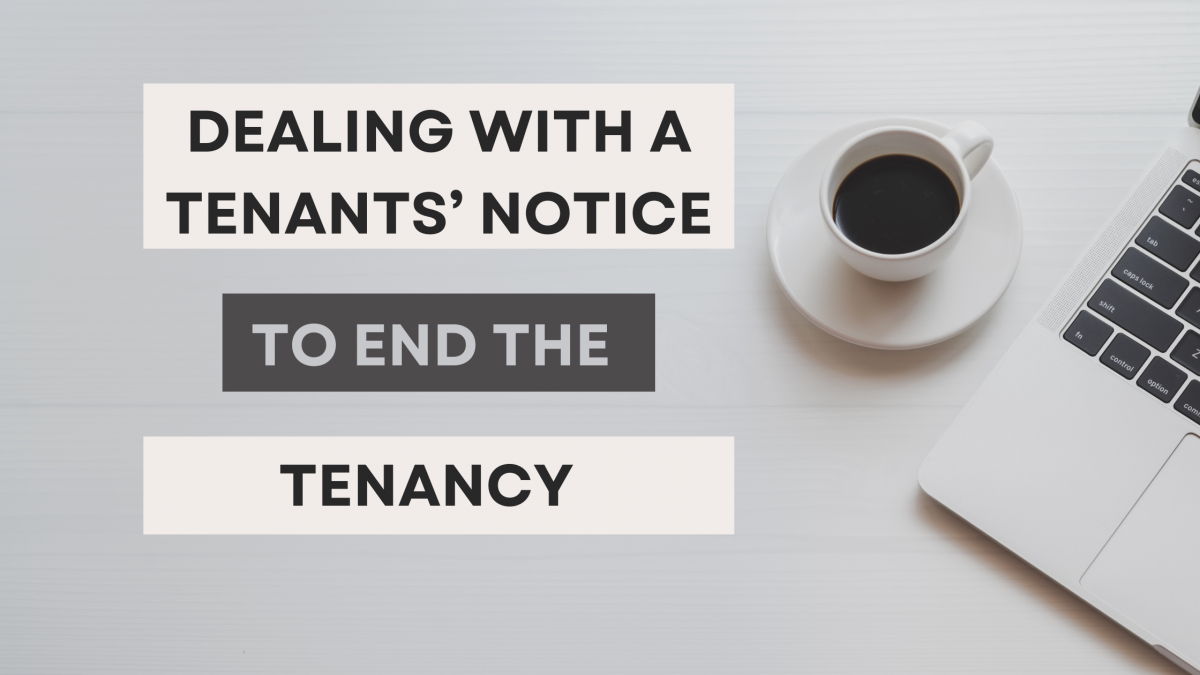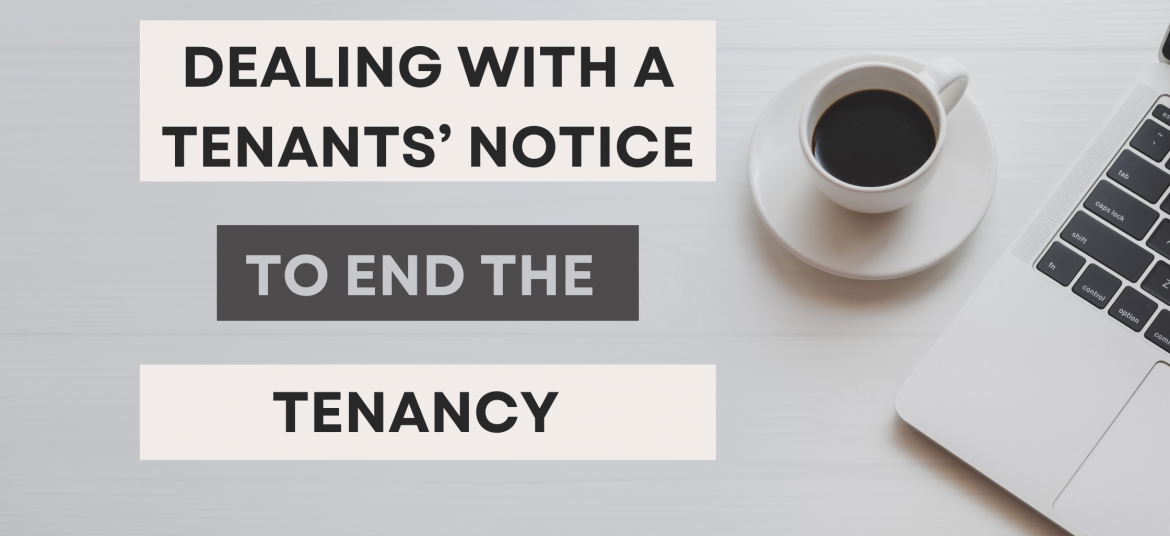A Comprehensive Guide: How Landlords Can Prepare for Bailiff Evictions in the UK
Evictions can be a challenging and distressing process for landlords in the UK, particularly when the tenant is uncooperative or has failed to pay rent. If all other methods to resolve the situation have been exhausted, landlords may need to consider the last resort – applying for a bailiff eviction. This blog will provide landlords with a comprehensive guide on how to prepare for bailiff evictions in the UK.
1. Understand the Legal Process
Before embarking on a bailiff eviction, landlords must have a solid understanding of the legal process. Landlords should know the grounds for eviction, which include non-payment of rent, anti-social behavior, and other breaches of the tenancy agreement. Familiarize yourself with the various types of notices and the specific notice period required for each case.
2. Serve Proper Notices
One of the first steps in preparing for a bailiff eviction is to serve the tenant with the appropriate legal notices. Ensure you use the correct form and follow the statutory guidelines. These notices will include the Section 8 or Section 21 notice. Timing is crucial here, so make sure you serve the notice in the right sequence and that it complies with the law.
3. Communicate with Your Tenant
Open communication can sometimes resolve the situation without resorting to eviction. Before applying for a bailiff, make an effort to discuss the issues with your tenant. They might be willing to leave voluntarily or agree to a repayment plan. This can save time and money, and it’s a less stressful option for both parties.

4. Check Your Paperwork
Make sure all your paperwork is in order. This includes the tenancy agreement, proof of rent arrears, and records of any communications you’ve had with the tenant regarding the arrears or the breach of the tenancy agreement. Having a complete and organized file will be beneficial in court.
5. Court Proceedings
If communication fails and the tenant doesn’t leave, you may have to take legal action. Start court proceedings to obtain a possession order. This will involve a court hearing where a judge will decide on the eviction. It’s vital to attend this hearing prepared and with all necessary documentation.
6. Obtain a Possession Order
If the court rules in your favor, you will be granted a possession order. Depending on the type of possession order, you might need to wait for the tenant to leave voluntarily or apply for a warrant of possession to involve bailiffs. Consult with legal professionals to choose the right course of action.
7. Bailiff Application
If the tenant doesn’t leave by the date stipulated in the possession order, you can apply for a warrant of possession, which authorizes the use of bailiffs to evict the tenant. Ensure you complete the necessary paperwork accurately, as any errors could result in delays. Pay the required fees as well.
8. Arrange for Bailiff Eviction
Once the bailiff appointment is confirmed, plan for the eviction day. Make sure the property is ready for possession, and any tenant belongings are securely stored in accordance with the law. The bailiffs will execute the eviction on the appointed day, and you should be present during this process.

9. After the Eviction
After the tenant is removed, change the locks immediately. Document any damage to the property or missing items. You can then start the process of re-letting the property.
10. Dealing with Tenant Belongings
UK law requires landlords to store the tenant’s belongings for a specific period, usually 14 or 28 days. Notify the tenant about the storage arrangements. If they don’t collect their belongings within the specified period, you can dispose of them. Ensure you follow the legal guidelines in this process.
11. Record Keeping
Maintain meticulous records throughout the eviction process. This includes copies of all correspondence, court documents, notices served, and records of any property damage. Detailed record-keeping can be invaluable if any disputes arise later.
12. Seek Legal Advice
Legal proceedings can be complex and challenging. It’s highly recommended that you seek legal advice or hire a solicitor experienced in landlord-tenant matters to guide you through the process. They can ensure you follow all the legal procedures correctly.
Conclusion
Bailiff evictions are a last resort for landlords in the UK. While they can be emotionally and financially challenging, it’s crucial to follow the legal procedures meticulously. Understanding the process, serving proper notices, and maintaining open communication with your tenant are all key aspects of a successful eviction process. Seek legal advice, keep thorough records, and ensure your actions are in accordance with the law at every step. Remember, the goal is not only to regain possession of your property but also to handle the process as professionally and smoothly as possible.
Need to fix a repair or breakdown?
Landlord Blog
Demystifying the Section 8 Notice: A Comprehensive Guide for Landlords
When it comes to managing rental properties, landlords occasionally find themselves in situations where tenants are in breach of their tenancy agreements. In such cases, a Section 8 notice can be a valuable tool to regain possession of the property.
Navigating the Rental Revolution: A Deep Dive into the Renters’ Reform Bill
The Renters’ Reform Bill is a hot topic in the UK, aiming to bring a wave of change to the rental market. We’ve rounded up all you need to know about this exciting development and will keep you updated as the details unfold.
A Comprehensive Guide: How Landlords Can Prepare for Bailiff Evictions in the UK
Evictions can be a challenging and distressing process for landlords in the UK, particularly when the tenant is uncooperative or has failed to pay rent. If all other methods to resolve the situation have been exhausted, landlords may need to consider the last resort – applying for a bailiff eviction.
We create this content for general information purposes and it should not be taken as advice. Always take professional advice. Please read our full disclaimer.

